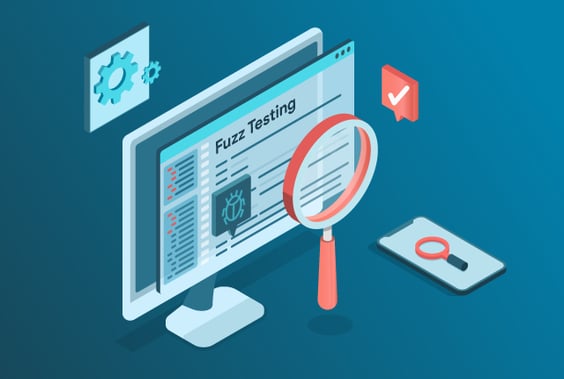
It is not the fact that fuzz or mud testing breaks everything, but yes, it is proven that testers can find some serious bugs using monkey testing. Scenarios such as navigation, pagination, clicking on buttons multiple times, searching with random data, setting up a web page, inputting alphanumeric data in the number text field, tab keys, space bar, enter key and other permutation and combination are the cases that tester have to deal with.
Sometimes, the tester doesn’t test such basic scenarios but eventually, it breaks the application. In real-time users may not test these types of scenarios. Fuzz testing can cover serious crashes and is very helpful in testing the accuracy of the software. QA service companies work on every type of testing and fuzz testing is done in both functional and automation.
Phases of Fuzz Testing:
Identify Target System → Identify Inputs → Generate Fuzzed Data → Execute Fuzzed Data → Monitor System Behavior → Log Defects
Pros of Fuzz Testing:
- It improves security testing.
- The most common types of bugs include memory leaks and crashes.
- If any scenario is uncovered in the test cases then it can be tested in fuzz or monkey testing.
- No extra tool-learning knowledge is required
Cons of Fuzz Testing:
- Fuzz testing itself cannot provide a clear picture of testing the complete software.
- It generally covers simple threats, however, it may crash the application.
- Significant time is required to perform it effectively.
- Monkey testing is less effective in case programs are affected by some viruses, worms, Trojans, etc.
To recapitulate, undoubtedly fuzz testing is valid and shows the presence of bugs in the application. On the other hand, it cannot guarantee the complete detection of bugs in an application.

Post a Comment